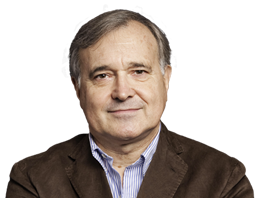
In the next years, the biggest cities of the world will become even bigger.
In a 7 billions people's world, the urban planning is an important issue for the proper development of the large metropolitan areas on the Earth. And, among the creative disciplines, architecture and design are very involved in the construction of urban spaces.
In this field, there are already some interesting cases.
Bmw Guggenheim Lab is a mobile laboratory that explores the world in order to find and inspire innovative ideas for urban life. The initiative is organized by Bmw (automotive sector's company) and Guggenheim Foundation (New York). First step was the official launch in New York (august, 3 – october, 16, 2011). In the next six years, the Lab will travel to nine major cities of the world and the team is composed by emerging talents in architecture, design, urbanism, art, science, technology, sustainability, education. After the debut in New York, the Lab is currently in transit to Berlin (Germany), with new opening in spring 2012. And next city: Mumbai (India) in late 2012. The public is invited to participate in free programs and experiments at the Lab. To follow the progresses: Lab's Blog and the main social networks (Facebook, Twitter, YouTube, Foursquare, Flickr).
Other interesting work is given by Ma Yansong, young chinese architect and founder of MAD, Beijing-based architectural firm specialized in innovative architectures. Among his projects, there is also the recent launch of the mobile pavilion designed for VERTU in Milan (october 2011).
CityVision comes from Italy (Rome) with an international taste: it's a laboratory of architecture with the aim of generating a dialogue between the contemporary city and its future image. It has three main branches: magazine, competition and events.
And even the world of research is studying the urban networks: the City Form Lab – MIT Massachussets Institute of Technology has recently released a state-of-the-art toolbox for urban network analysis. It's aimed at urban designers, architects, planners, geographers and spatial analysts. The toolbox requires ArcGIS 10 software with an ArcGIS Network Analyst Extension and it is now openly available on Google Code. The MIT's City Form Research Group is currently moving to Singapore University of Technology and Design to implement new research projects. An explanation of the toolbox in the video below.


